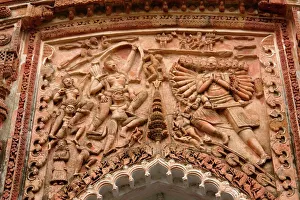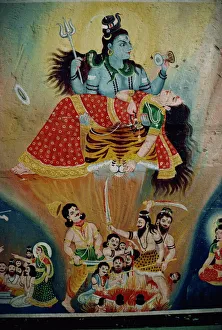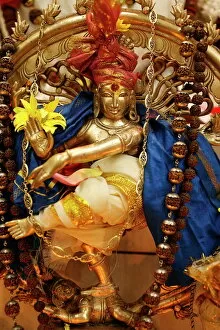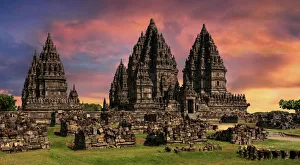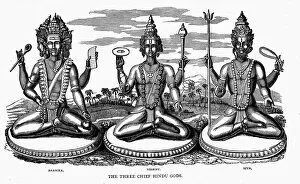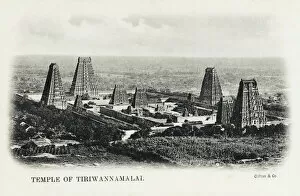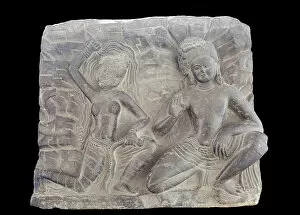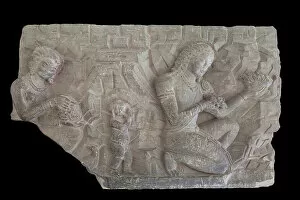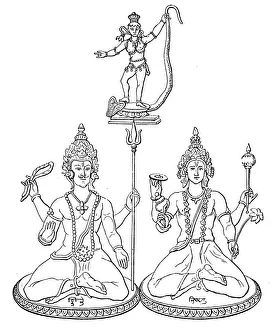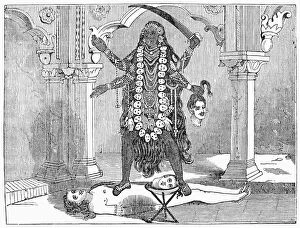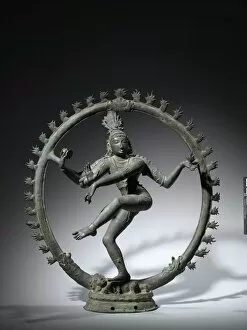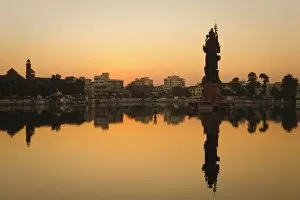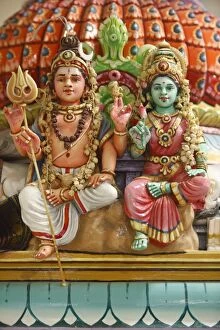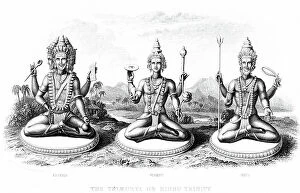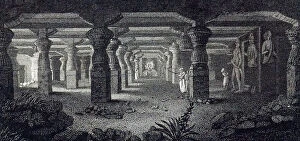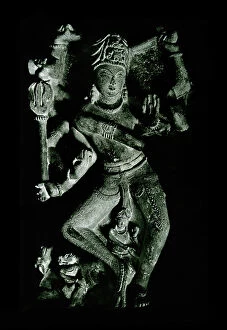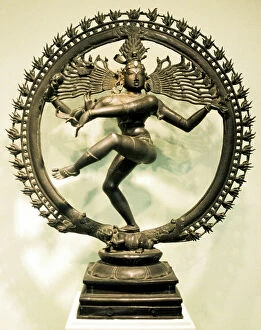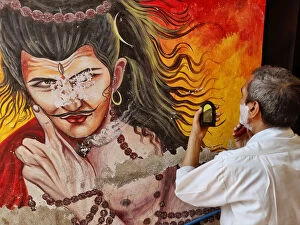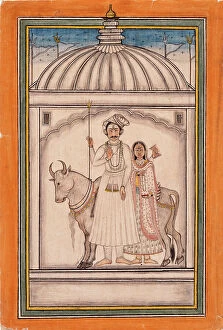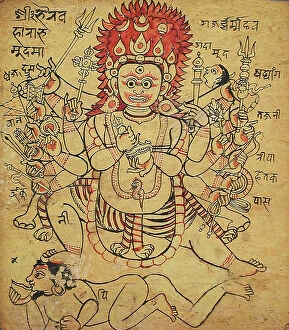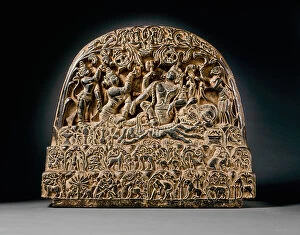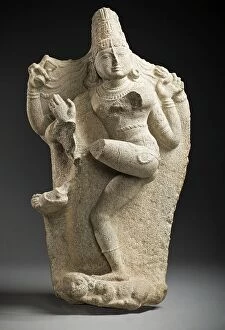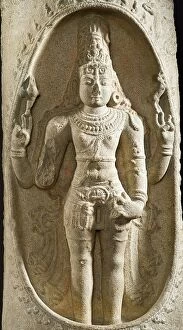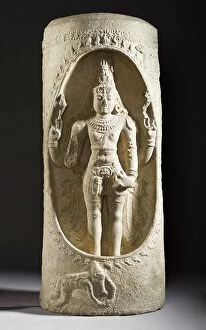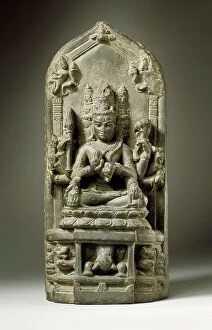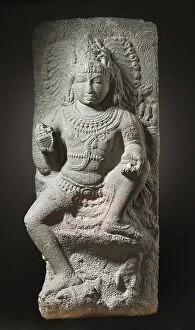Shiva Collection
Shiva, the embodiment of divine power and cosmic destruction, is revered across the world for his multifaceted nature
All Professionally Made to Order for Quick Shipping
Shiva, the embodiment of divine power and cosmic destruction, is revered across the world for his multifaceted nature. From the majestic Char Bangla Temple in Baranagore, West Bengal to the vibrant murals depicting Shiva and his beloved consort Parvati in India, Asia, his presence is felt far and wide. One cannot help but be captivated by the mesmerizing Dancing Shiva Nataraj statue in Paris, France. This exquisite portrayal showcases Shiva's rhythmic movements as he gracefully performs the cosmic dance of creation and destruction. In Siva Parvati's armor lies a symbol of their unwavering protection towards righteousness. Their union represents harmony between masculine and feminine energies that sustain life itself. The depiction of Siva Parvati with infant Kumar celebrating his birthday transports us back to ancient times when familial love was celebrated with utmost devotion. This 5th-6th century AD artwork from Kathe Simbhu beautifully captures this joyous occasion. Traveling to Central Java, Indonesia takes us to Prambanan Temple (Candi Rara Jonggrang), where an awe-inspiring shrine dedicated to Lord Shiva stands tall amidst intricate carvings. The temple's grandeur reflects humanity's deep reverence for this deity. Shiva Nataraja reigns supreme as the King of Dance through centuries-old sculptures like those found at Annamalaiyar Temple in India. These masterpieces depict him dancing with unparalleled grace while simultaneously maintaining balance within the universe. As part of Hindu mythology's Trimurti - alongside Vishnu and Krishna - Shiva embodies both destructive forces necessary for rebirth and preservation aspects essential for sustenance. Together they form a divine trinity representing different facets of existence itself. Even though Kali may appear fearsome holding a bloody sword while trampling her consort Shiva underfoot, she symbolizes transformation and liberation from ignorance or darkness—a reminder that destruction is necessary for new beginnings.

